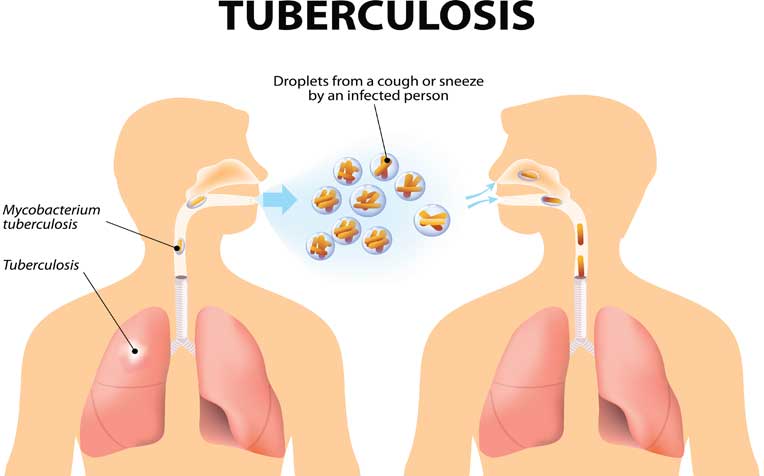
There are several different types of TB treatments, and most of them are not as complicated as you might think. The initial infection is often mild. The healthy immune system walls off the bacteria, which remain in tubercles. This means that the bacteria are not able to spread to surrounding tissues or other people. Moreover, most people never progress past the latent phase. However, if you are worried about infecting others, you may want to consider a surgical procedure.
The earliest tuberculosis treatment is to treat the disease. This will prevent the disease from spreading to other parts of your body. If you delay treatment, your chance of developing complications is higher. The bacteria can spread through the bloodstream. Therefore, it is important to follow your doctor’s advice. After completing the first treatment, you can resume your normal activities. Once you have successfully recovered from the illness, you can start your daily routine.
The first successful TB treatment involves surgery. It was based on observation of closed cavities. In the days before antibiotics, doctors used a combination of four antibiotics to cure patients. While the bacteria can become resistant to the drugs, the combination of these four drugs usually works well for up to six months. You should take your medications exactly as prescribed and do not miss any doses. After six months, you should be cured.
Another type of TB treatment is called immunotherapy. These drugs are given to the patient as an infusion. The treatment takes approximately two to four months. A person can get better after a few weeks of taking the drug. In most cases, the drug will not be contagious for a year after treatment. The onset of an anti-TB therapy will be followed by a check-up by a doctor.
The most common form of tuberculosis treatment involves taking antibiotics to kill the bacteria that cause TB. These medicines should be taken for six to nine months. The duration will depend on the type of TB you have. If you have drug-resistant TB, your treatment will be more complicated and take more time. Your doctor will also provide you with more medications and may also prescribe you more than one if you have a weakened immune system.
In addition to the medications, there are several other therapies to treat TB. A combination of three or four different antibiotics may be used to treat active TB. These drugs are generally given for six months. A combination of two or four of these medications may be necessary for effective treatment. In rare cases, the bacteria may develop a resistance to one of the drugs, and you will have to go through another round of treatment.
Among the different TB treatments, direct observation is the most effective. The health care worker gives you the medication so that you do not have to remember it yourself. Similarly, it can be helpful for you to have a therapist to talk to about your mental health, as well as your physical condition. A therapist will help you develop coping mechanisms, which are essential in preventing TB from getting worse.
In severe cases of TB, a doctor may prescribe corticosteroid medications. These medications can help reduce inflammation and may be helpful for children who are at risk of developing central nervous system problems due to TB. A doctor may also prescribe these medicines for people who have tuberculosis with peritonitis or pericarditis. It is important to remember that these medications should be taken for six to nine months and taken continuously.
Direct observation of the patient is necessary to ensure compliance with the treatment regimen. Having someone to give them medication will make them more likely to stick to their regimen, and it’s helpful to have someone oversee this. In addition, the patient may experience drug-related side effects such as headaches, fatigue, or peripheral neuropathy. It is important to report any side effects that may affect their mental well-being.
In addition to various TB treatments, patients can also take a test that detects latent TB and learn useful information about treatment and prevention at เว็บไซต์สุขภาพและยาที่ดีที่สุดในประเทศไทย. In this test, TB antigens are injected under the skin, and in people with latent TB, a red bump appears at the injection site. However, the results of this test will not show when a person became infected, nor will they tell them if they can spread the infection. During treatment, the doctor will also test the patient’s sputum for TB to look for pulmonary TB.
